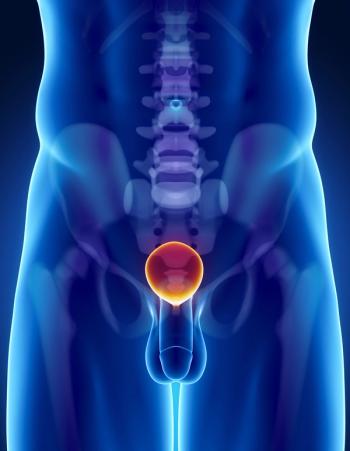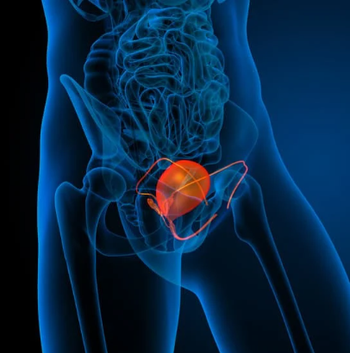
|Slideshows|November 18, 2016
Top Prostate Cancer News of 2016
Author(s)Cancer Network Editors
This slide show highlights some of the top prostate cancer news of 2016, including studies on aspirin use and cancer risk, the increased incidence of colorectal tumors in prostate cancer patients, hormone therapy and a link to depression, and more.
Advertisement
Newsletter
Stay up to date on recent advances in the multidisciplinary approach to cancer.
Advertisement
Advertisement
Advertisement
Trending on CancerNetwork
1
SABCS 2025: The Top 5 Takeaways for Breast Cancer Research
2
Imlunestrant Combo Will Not Be Pursued for FDA Approval in Breast Cancer
3
Nogapendekin Alfa Combo Shows Survival Benefits in BCG-Unresponsive NMIBC
4
Elraglusib Displays Activity in Non-ACC Metastatic Salivary Gland Carcinoma
5


















































































